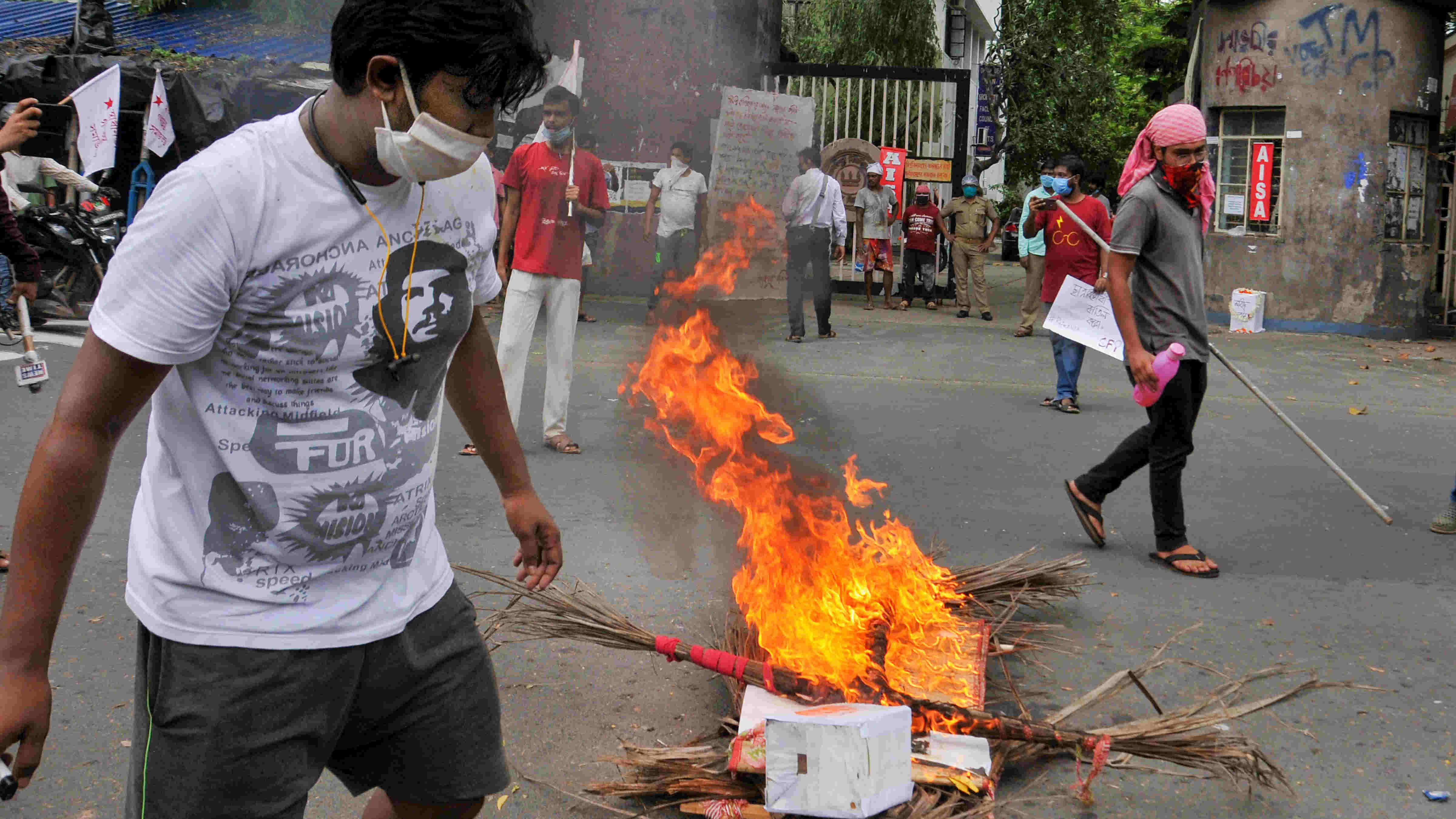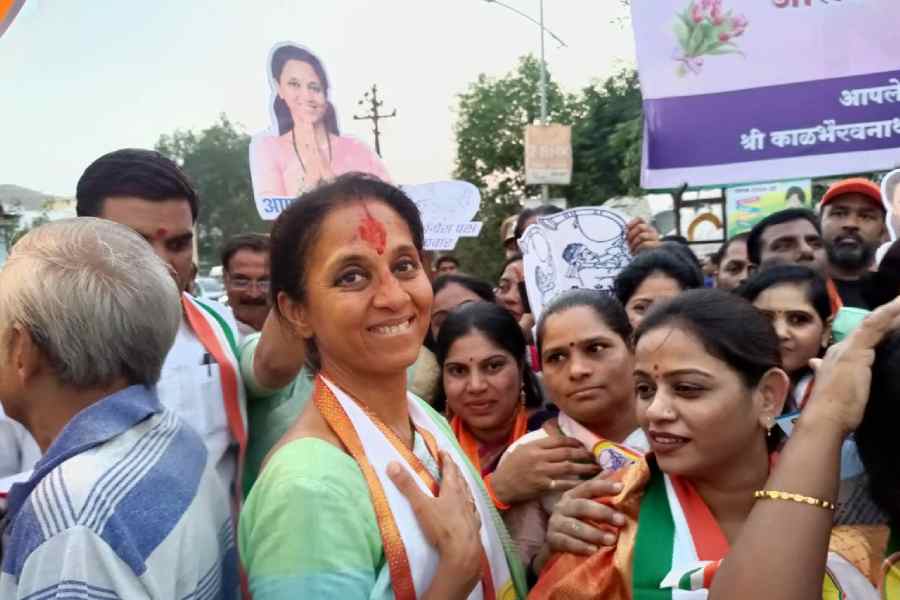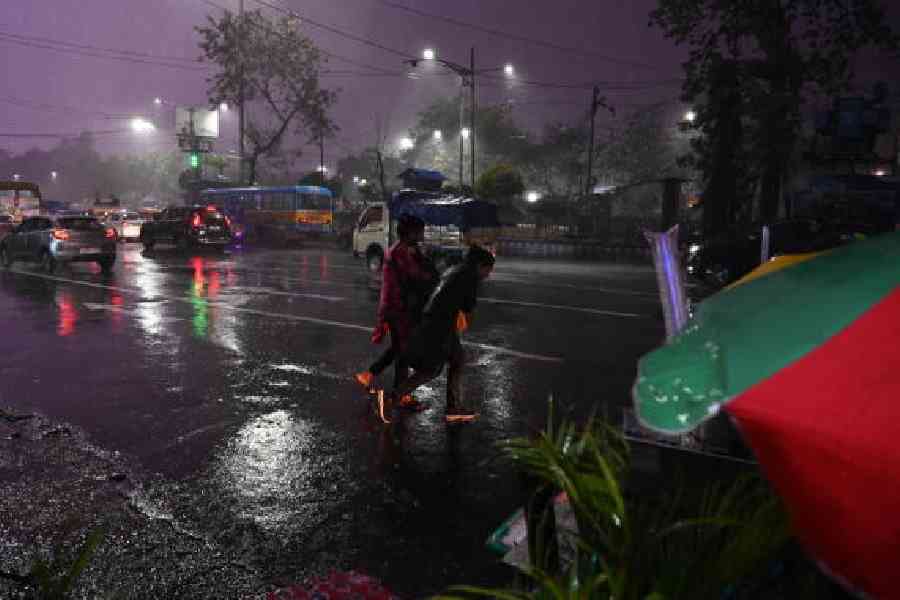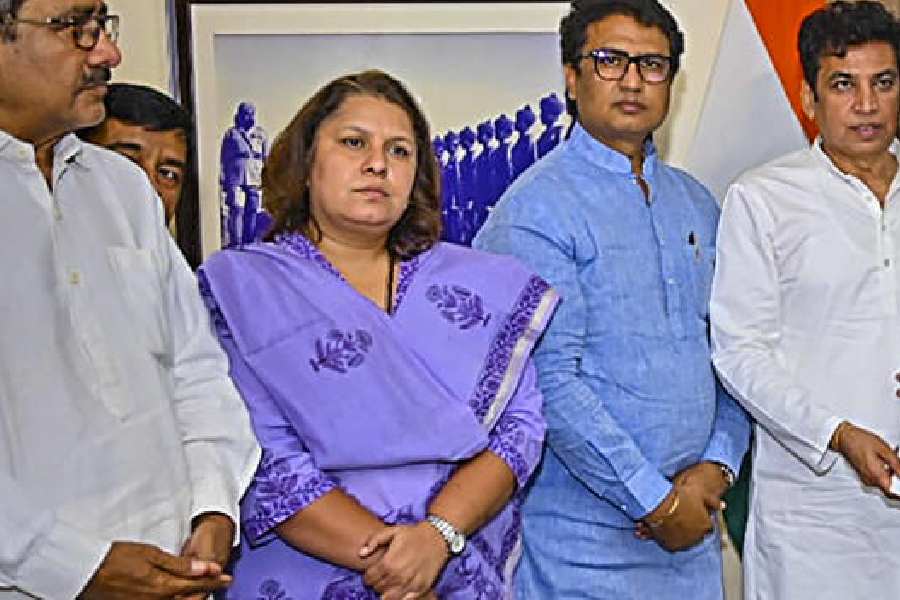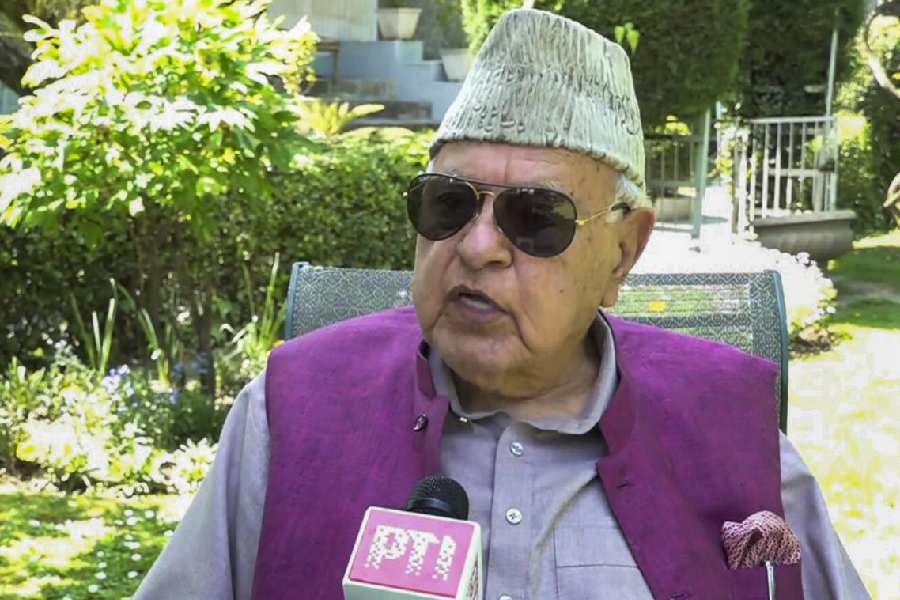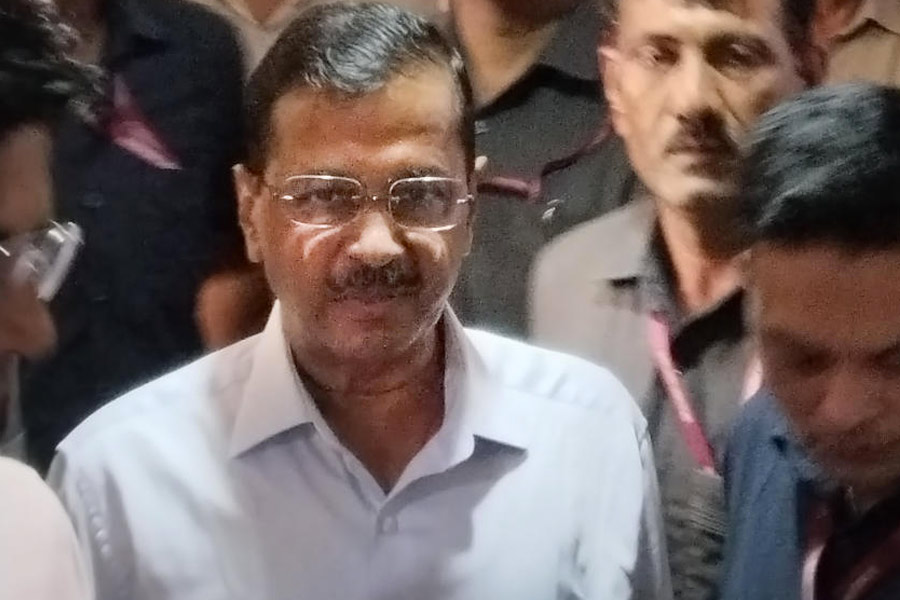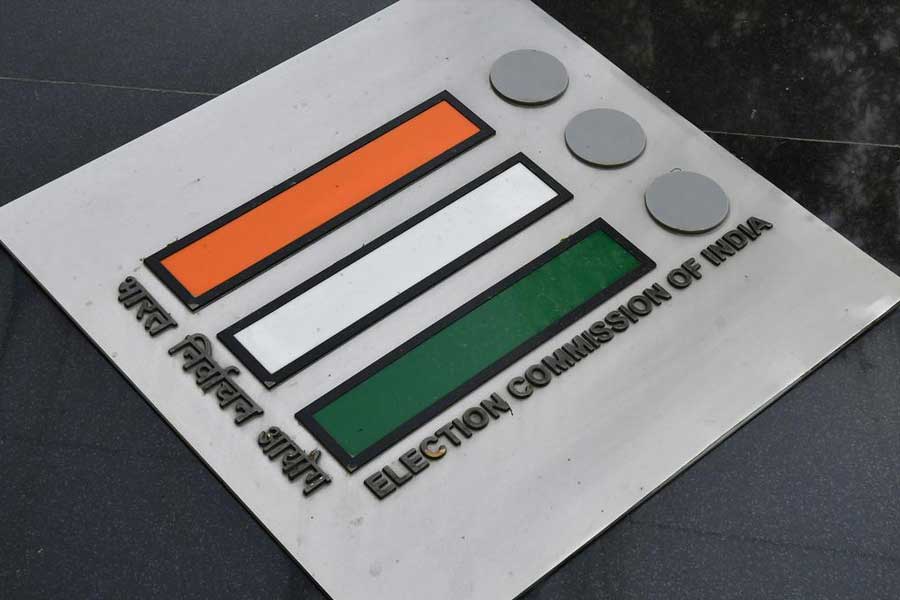The National Education Policy-2020 received cabinet approval on July 29. In the last six months, education has been reshaped in India and the world. Modes of teaching and learning resources have been redesigned for online and distance education. NEP-2020 also comes at a time when almost 183 nations are expected to feel the heat of a reducing GDP.
NEP-2020 aspires to combine traditional knowledge with modern thinking and introduces vocational education from elementary schools. It emphasizes on technology in education and attempts to transform education planning, teaching and learning assessment. But a large number of students do not have access to such technology and gadgets. How would these excluded students benefit from the new modes of learning? Rising poverty and job losses would impact the continuity of education for a large number of students. Some budgetary commitments have been highlighted for online education. But they might not be enough to offer devices to the students or building e-infrastructure in rural areas. Research has revealed a significant digital divide at the university and school levels. The Shiksha Mantralaya needs to come up with ways of tackling the digital divide and the gender iniquities within digital technology.
The policy talks of establishing a National Education Technology Forum to advance digital learning and e-content. The latter will be created in eight regional languages. This is a good move. But a road map will be needed to align graduates in regional languages with job opportunities.
‘School readiness’ has been prioritized as the foundation of learning. But neither anganwadi centres nor primary schools grant the liberty to try new ways of learning. How can school readiness be achieved without infrastructural transformation, procedural modifications and resource allocation?
NEP-2020 plans to remodel higher education in India and establish reputed universities. India has more than 800 universities and 39,000 colleges. Self-financed courses have also surged. Universities and colleges have witnessed constant fee hike. But the quality of education imparted remains a source of concern.
The education sector is expected to get 6 per cent of the GDP. The question is how would the Centre raise the funds amidst an economic crisis? Will it bear the brunt of the expenditure? Or will the states be asked to take on the burden? A 2 per cent education cess was introduced by the Centre in 2004 to generate additional resources for education. Will the educational cess be a part of the primary budget or will it be an additional tax as conceptualized in the beginning?
How many existing Indian universities are equipped to compete with universities of global repute? This data may be used as a baseline while working on the plan of action. Earlier education policies of 1968 and 1986 tell us that it takes years to translate policy ideas into action. What happened to the financial commitments to implement the Right to Education Act? After a decade, roughly 10 per cent of schools meet the RTE norms.
NEP-2020 shows concern about teachers’ credibility. Innumerable teaching posts are vacant. Educational institutions lack benches, blackboards, well-equipped libraries and so on. A substantial proportion of college teaching is done by ad hoc teachers. Is it possible to make a long-term, sustainable plan with scanty resources?
The NEP aims to create a knowledge economy. A knowledge-based economy requires its pupils to develop a combination of skills and prioritizes scientific temperament to enhance employment opportunities. However, with growing economic hardship and educational expenses, the education of the girl child could be considered a ‘luxury’ and children with disabilities may not be able to continue with formal learning.
The policy has opened the doors for foreign universities to have campuses in India. Will they provide reservation to economically poor students? Can NEP-2020 motivate students to study in India instead of going abroad?
It is understood that classrooms and learning processes won’t be the same in a post-corona world. A budgetary provision is a must to address the challenges that students are going to face in the coming months.
Common entrance exams for universities, reforms in the school examination system and mother-tongue-based primary education are welcoming steps. But how would the quality of secondary education be enhanced? The policy recommends the discontinuation of MPhil course. What will happen to the students pursuing this degree?
Corruption in the education sector and the lack of financial resources are major concerns for policy implementation. We must have an outstanding teacher preparation and recruitment system as well as teacher training institutes.
The recognition of merit would be the key to reconstruct Indian education. Often, merit loses to nepotism. The future of NEP-2020 depends on the political will and the system to welcome ‘quality’ human resources.

